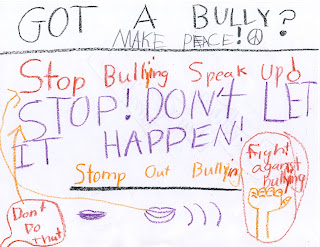As you may know, the school counselors at DBS stay with the students as they move from grade to grade. This year, Rebecca Lallier will be working with kindergarten, second, and fourth grade students. Amy Wheeler, our new school counselor, will be working with first, third, and fifth graders. We work with ALL students - teaching in the classrooms, running groups, and working with individual students who need some help with feelings, friendships, and/or behavior. Here's some more information about what we do. Click on the image to enlarge.
School counseling today may be quite different from what you remember from your own school experience. Gone are the days when you only saw the school counselor if you were "troubled" or needed to change your class schedule. (And chances are that you called that person your guidance counselor - a term which is no longer used since we now provide a much broader array of services. Please don't call us the "g-word"!) Now we are known as school counselors and we provide comprehensive programs that include prevention, as well as intervention, to help kids learn and be successful in the areas of academics, personal-social skills, and career preparation. Here's a brief (and amusing) video that explains comprehensive school counseling:
Kids will see us often in their classrooms and around the school. They can ask us for help any time by speaking with us or leaving us a note. You can do the same. Please don't hesitate to contact us if you have any questions or concerns about your child. You can reach us by calling school at 802.295.8647 or emailing us:
Rebecca Lallier (grades K, 2, 4) lallierr@hartfordschools.net
Amy Wheeler (grades 1, 3, 5) wheelera@hartfordschools.net
Watch here for pictures, student work, and information about our class councils and other school counseling programs. You can subscribe to DBS School Counselor by clicking the email or RSS feed links on the right hand of the top of this page. And stay tuned for our new webpage, coming this fall. We look forward to seeing you at Open House on Tuesday, September 18 from 6:00-7:00pm.
































